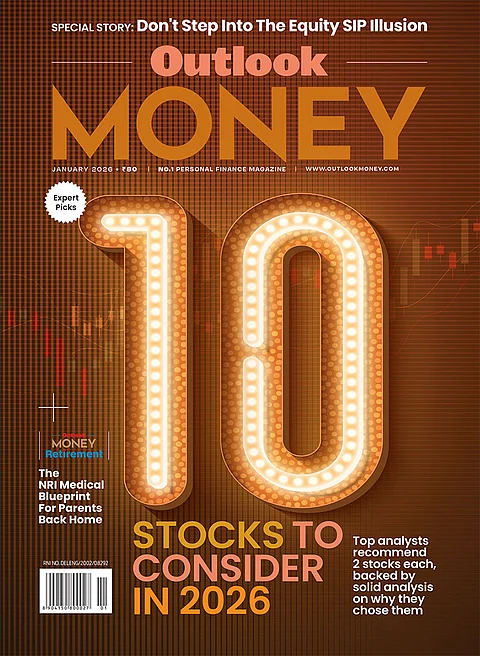Lenny, Bert, and Harry are employees at insurance company AXA. Their efficiency has collectively saved more than 18,000 man-hours a year for the company. Believe it or not, these three ‘employees’ are bots that have been deployed by the insurance company to manage routine tasks while human employees can focus on more analytical issues.
Welcome to the new age of financial services. Amidst a global economic slowdown, it fell on finserv companies to ensure an uninterrupted business environment via a rigorous risk management framework. In all of this, the single-most positive feature of the transformation has been the accelerated use of technology.
Customer Service is the Buzzword
In the renewed world of banking, customer intelligence technology enabled by artificial intelligence (AI), machine learning (ML), or customer data analytics has become the driver for client engagement, providing precise, context-based service to customers. The actual business value of AI in banking is projected to reach $300 billion by 2030.
AI-enabled transactions across KYC, risk management, payments reconciliations, are now a commonplace. Image recognition and NLP (Natural Language Processing) allows companies to speed KYC processes for new client onboarding. Similarly, blockchain is providing limitless banking opportunities – from financial exchanges to automated contracts, it is enabling faster, cheaper, and transparent functions that could reduce billions in costs.
In all of this, the use of robotics isn’t far behind! As financial transactions boom globally, cross-border payments are challenged by legacy systems characterised by multiple interfaces, changing currency positions, or information sharing. Standard Chartered’s robotics tool auto-trawls relevant sites on stock exchanges and market infrastructures and extracts information for review before it is shared with clients on the changing market.
Robo-investing platforms are going to be a fintech gamechanger. These platforms provide algorithm-based solutions after analysing a customer’s financial status. Assets under management (AUM) in the Indian robo-advisory segment are expected to reach about $54 billion by 2025, according to Statista. Likewise, the public cloud has become the dominant model across a range of banking applications – facilitated by low data storage costs, we are seeing a rise in cloud-based SaaS applications for non-core processes like Customer Relationship Management (CRM) and financial accounting. With the mass adoption of e-commerce, increased cross-border payments, and digital payments, fraud prevention has become a clear and present danger.
McAfee estimates that cybercrime, including financial fraud, and cybersecurity spending cost the world $1 trillion in 2020. Yet again, AI and ML are equipped to find patterns in data that human senses fail to identify and to act on them to mitigate fraudulent practices. Predictive analytics is core to identifying pre-occurrence fraud in banking functions. A case in point is Erica, Bank of America’s virtual financial assistant, which employs predictive analytics to identify potential corporate loan defaulters. JP Morgan’s ML system called COIN (Contract Intelligence) can similarly scan legal and ancillary documents, helping banks meet compliance mandates and combat fraud.
A World of Limitless Opportunities
Today, the economy has increased partnerships with digital intermediaries. The rise in usage of digital solutions, especially payment applications, and internet or mobile banking, has eased the entry of large non-banking aggregators like Apple, Amazon, or Google into payments, and of service providers like Uber or Ola into mobile wallets. This will further accelerate the need for traditional financial services firms to incorporate technology on a large scale across operations.
While most technologies are pre-Covid, the pandemic has hastened the urgency for banking institutions to update and invest heavily in their IT systems, building better technology KYC models. This can be accompanied by simplifying legacy systems. It should be complemented by making technology a core competency, with the deployment of the right talent across cybersecurity, new technologies, and user experience.
The post-Covid age is indeed the moment of truth for financial services companies.
The author is EVP & Head of Global Operations - FSSBU, Capgemini







